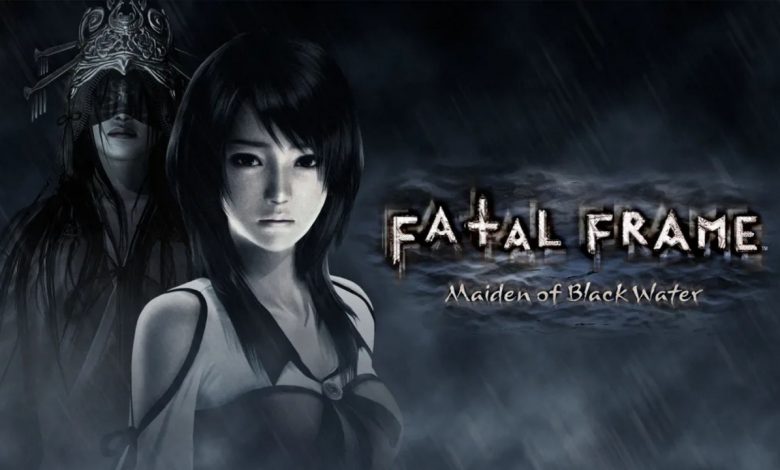
When we discuss major survival horror game series, the conversation usually gravitates towards Resident Evil, Silent Hill and Alone in the Dark. But we will be remiss not to mention Project Zero (Fatal Frame in the US). Tecmo Koei's series has also made its mark, counting five main releases and one spin-off. The first installment made its debut back in 2001 on the PlayStation 2, at a time when the survival horror genre was thriving. Thankfully, the Japanese, albeit slowly, have deigned to bring the latest of these to our computer screens. Maiden of Black Water (MoBW henceforth), although the 5th installment in the Fatal Frame / Project Zero series and also the last in terms of story, I think it can easily be played by anyone without any previous knowledge required. There are some characters that reappear or are linked to some of the previous ones, but I don't think it takes away from the overall experience.
The story focuses on 3 protagonists Yuri, Miu and Ren, and their excursions to Mount Hikami. Plot-wise there is an ambiguity in the unfolding of the story, though what is certain is that there is a connection between the characters and a common goal: to find familiar faces that have gone missing. The Intersection of their investigations is Mount Hikami, which has a troubled and gruesome past. On this mountain in the past there was an order whose purpose was to contain the Black Water that flowed from this mountain, and legends said that it would upset the balance between the world of the dead and the living. According to tradition, some priestesses helped the dying to pass peacefully into the afterlife. But those who did not have the mental fortitude to perform their duties were sacrificed so that they could become the barrier that would restrain the Black Water (without spoiling much, that rite was, by and large, horrific and deplorable). Mount Mikami was also a place of attraction for both metaphysical enthusiasts, naturalists, and people who wanted to end their lives, as legend had it that the souls of those who died there were relieved of suffering and burden and passed on peacefully to the afterlife. Of one thing, however, we can be almost certain: that the places we will traverse do not lend themselves to an idyllic walk...
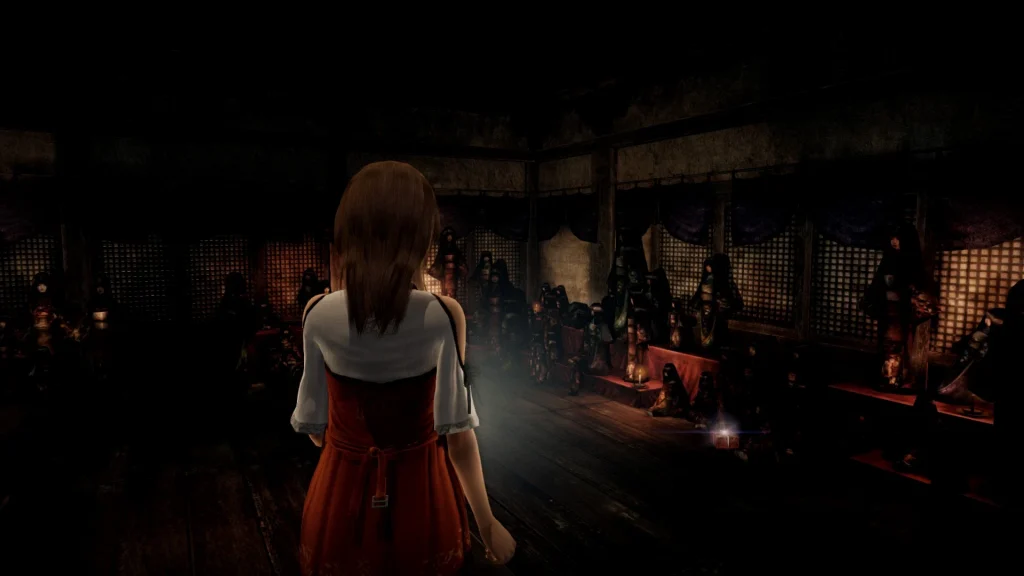
At the heart of the gameplay is the famous Camera Obscura, a camera that has the ability to exorcise the souls of the dead (the influence of the old Indian belief that photographs trap one's soul is rather apparent). When we use it, the perspective changes to first person and by taking pictures of hostile spirits, we can weaken them and send them into the beyond. The closer we are to our target, the more damage we cause. Even more importantly, our photos should be as focused as possible for the best possible outcome, and shots should be taken just before we are attacked for maximum effect. In fact, if we have locked on on the weak point of the attacker, the shot becomes a "Fatal Frame" which does a lot of damage and forces the spirit backwards.
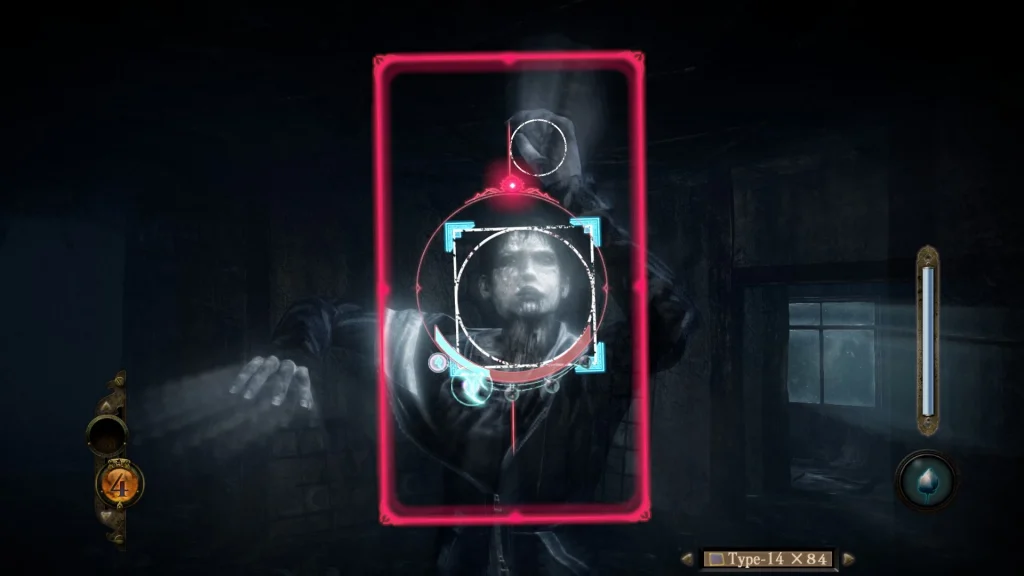
The damage we cause also depends on how many targets (5 or more for maximum effect) are in the camera's field of view. Even with a single ghost we can take advantage of this, as after each photo some spirit orbs are released which give us the extra targets needed. We have to be quick though as the orbs are absorber by the ghost after some time and replenish some of its energy. Special mention must be made however to the distinct attacks that the ghosts have, especially those that fill in the shoes of the bosses, with these encounters being among the most memorable moments of the game.
The Camera Obscura is compatible with different types of film, each with its own parameters: the older ones are weak and slow to load, while the more modern ones are highly efficient, with very little time between shots. It goes without saying, of course, that the more powerful the films, the harder they are to obtain. On top of that, there are different lenses that enhance the camera and increase the damage it causes, make the ghosts move more slowly for some time, etc. Our first encounters with the supernatural entities fool us with the simplicity of the gameplay and the low level of difficulty, but after a few chapters we realize that this is quite an original and addictive "combat system". Exorcisms reward us with points that can be used to buy consumables at the beginning of each chapter and permanent upgrades to the Camera Obscura (e.g. longer range, shorter film loading time, etc.).
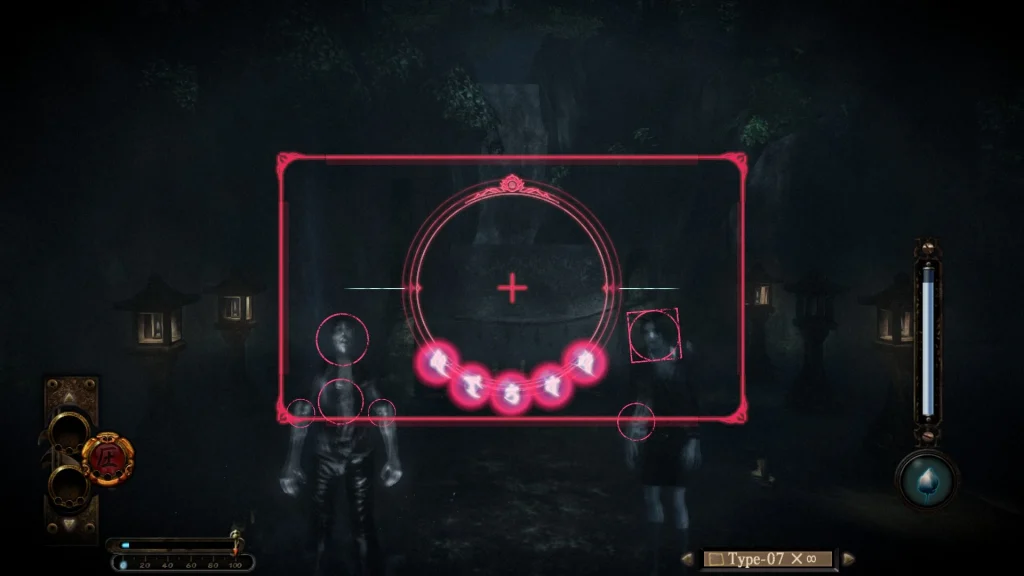
Unlike the combat, one aspect that can end up being somewhat monotonous is navigating the various areas. This is because we make frequent visits to them with all the characters we conrol, especially in the first half of the game. Combined with the mostly simple layout they have, they end up becoming rote, which also weakens the dread we feel when we return for a second (or even third) time, despite the new surprises that await us. Later on, things clearly improve, but you're left with the feeling that the game is a bit slow to unfold its virtues. At least, there is a good balance between exterior and interior areas - which include forests, old cemeteries, temples, etc. - so as to mitigate repetition fatigue. In addition to encounters with hostile spirits, we occasionally get glimpses of past scenes as well as neutral spirits, where if we're quick to capture them on camera, we also gain points to spend for the upgrade of the camera.
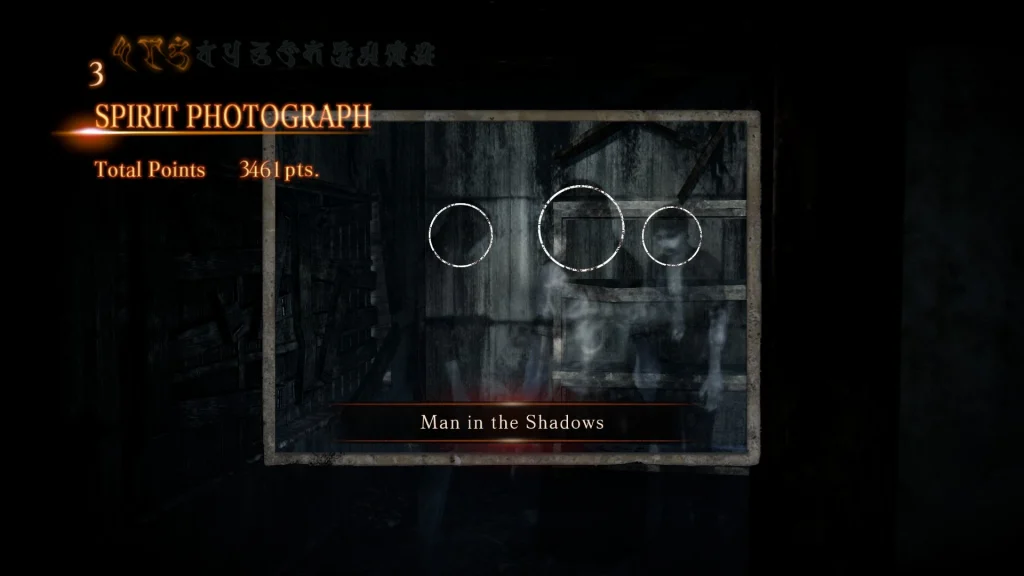
As far as the visuals are concerned, we should not expect some eye-candy. MoBW is a WiiU title, back from 2014, and as even though it has been remastered, it can hardly hide its age. That's not to say the game is ugly. The various particle effects, the surface of water (which is present in one way or another in the game - constant monitoring of the humidity indicator on the right-hand side of the screen is required, as being fully wet will attract malevolent spirits more often), the fog and the art direction of the areas have all some nice details. Each place exudes a sense of death and abandonment, and at times you can almost smell the soggy ground. The enemies have also been designed with due diligence, with their movements and attacks usually pertaining to how they died or their last moments in life. The musical score, on the other hand, is not particularly varied or memorable, yet the ambient compositions that are prevalent "disturb" our senses as they should, for a game with a foreboding atmosphere such as this.
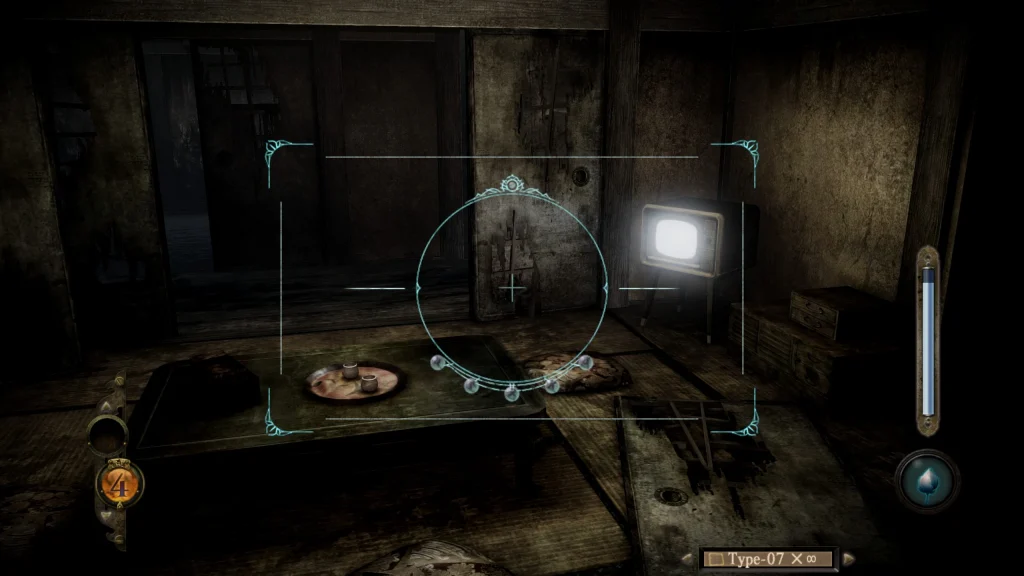
The arrival of Maiden of Black Water makes for a major addition to the PC horror games catalogue. It may not be the most stressful or thrilling game in the category - aside from a few tense moments I'd say it's easy - but it's still an authentic Japanese horror experience. The title takes some time to get goind and plunge us into its dark waters, but when it does you can feel the atmosphere of loneliness enveloping you, embroidered with the darkest myths of the Land of the Rising Sun...
RATING - 78%
78%
They all float down there
The use of the camera in dealing with tortured spirits and the blend of fiction and folklore from Japan is delightful. The slow pace of the plot and repetition of areas, however, make Maiden of Black Water less scary and memorable than we would have liked.






















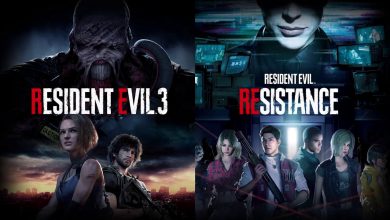
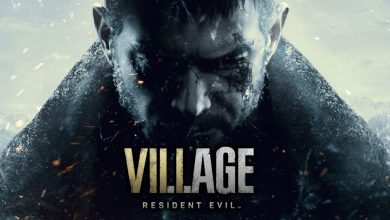
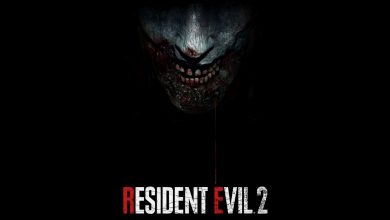


Ειχα παιξει το πρωτο παιχνιδι στο playstation. Εκανε ολα τα αλλα survival horror παιχνιδια βολτα στη παιδικη χαρα. Ειχα τεσταρει , τη τοτε νεανικη καρδια μου, για τα καλα.